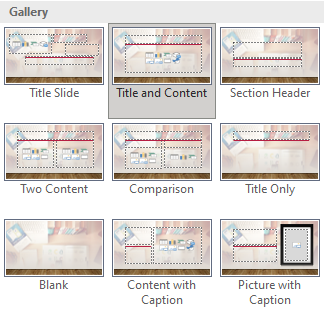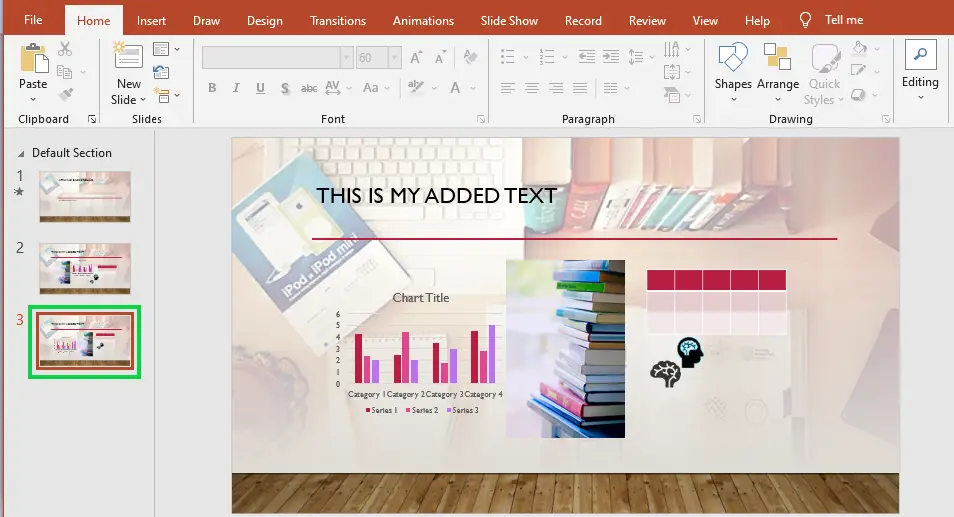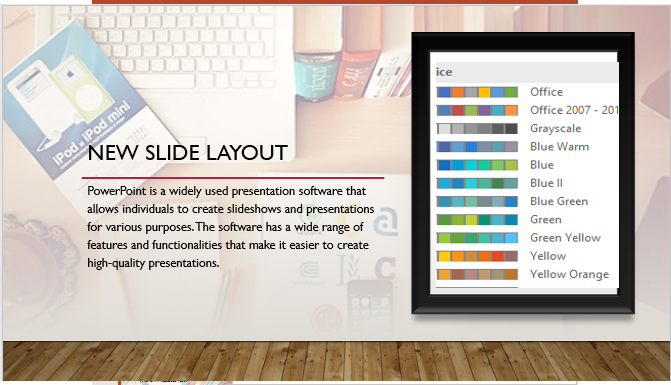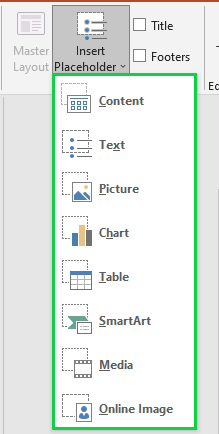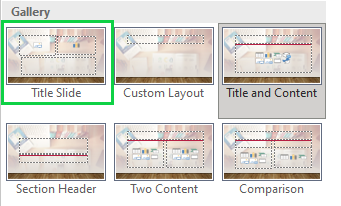This tutorial still covers PoverPowent features, specifically how to change layouts in your powerpoint presentation. As we go along, you will be guided step by step on how to perform it.
Since the PowerPoint is a widely used presentation software that allows individuals to create slideshows and presentations for various purposes.
Thus, the software has a wide range of features and functionalities that make it easier to create high-quality presentations.
Obviously, one of the key features of PowerPoint is the ability to change layouts. So in this article, we will take a comprehensive look at the process of changing layouts in PowerPoint and help you create better presentations.
Understanding PowerPoint Slide Layout
Before diving into the process of changing layouts, it’s important to understand what PowerPoint layouts are. Layouts are essentially templates that define the structure and design of a slide.
They contain placeholders for text, images, tables, charts, and other elements that can be added to a slide. PowerPoint has a wide range of built-in layouts to choose from, including title and content, section header, two columns, comparison, and more.
How to Change Slide Layout in PowerPoint
The process of changing layouts in PowerPoint is relatively simple and straightforward. Here’s how to do it:
- Open the PowerPoint presentation you want to edit.
Ready your presentation or if you don’t have an existing presentation. Refer to this article on how to create a new presentation.
- Select the slide you want to change the layout for.
This time select the slide you want to change the layout. In our case, we select slide number three (3).

- Go to the “Home” tab in the ribbon.
After you select the slide, locate the Home tab. For information, it is next to the file tab and always the tab you see once you open the presentation.

- Find the Slide section and Layout button.
Once you locate it, click on the “Layout” button in the “Slides” section.

- Select the desired layout from the list of available layouts.
Now the available layouts will display, find the layout that meets your requirements. In our example, we select a picture with a caption layout.

- The layout of the selected slide will change to match the newly selected layout.
You will see how the layout lookalike below including the content we added.

Customizing Layouts in PowerPoint
In addition to choosing from the built-in layouts, you can also customize the layouts to suit your specific needs. Here’s how to do it:
1. Locate the Slide Master view.
2. Place your cursor between two layouts to insert the new layout.
3. On the Slide Master tab, click the Insert Layout button.
4. Turn the Title and Footers on or off.
5. Select an option by clicking the Insert Placeholder list arrow.
6. To make the placeholder, click and drag.
7. Repeat as needed to add all necessary placeholders to the slide.
9. Click Close Master View to see your changes.
Note: The new layout is now available in the Slide Layout menu on the Home tab.
Tips for Choosing the Right Layout in PowerPoint
When it comes to choosing the right layout for your presentation, there are a few tips to keep in mind:
- Consider the content you will be presenting. Choose a layout that provides enough space for your text and images and that complements the content you will be presenting.
- Think about the purpose of your presentation. If you are delivering a sales pitch, for example, you may want to choose a layout that emphasizes images and visual aids, while if you are delivering a lecture, you may want to choose a layout that focuses on text and bullet points.
- Keep it simple and consistent. Avoid using too many different layouts in one presentation, as this can confuse your audience and detract from your message. Instead, choose a few layouts that you can use consistently throughout your presentation.
Conclusion
In conclusion, changing layouts in PowerPoint is a simple and straightforward process that can help you create better presentations. By understanding the basics of PowerPoint layouts and how to change and customize them, you can create presentations that are more engaging and professional-looking.
Whether you’re creating presentations for work or personal use, the ability to change and customize layouts in PowerPoint is an essential tool to have in your arsenal.
Thank you for reading 🙂


